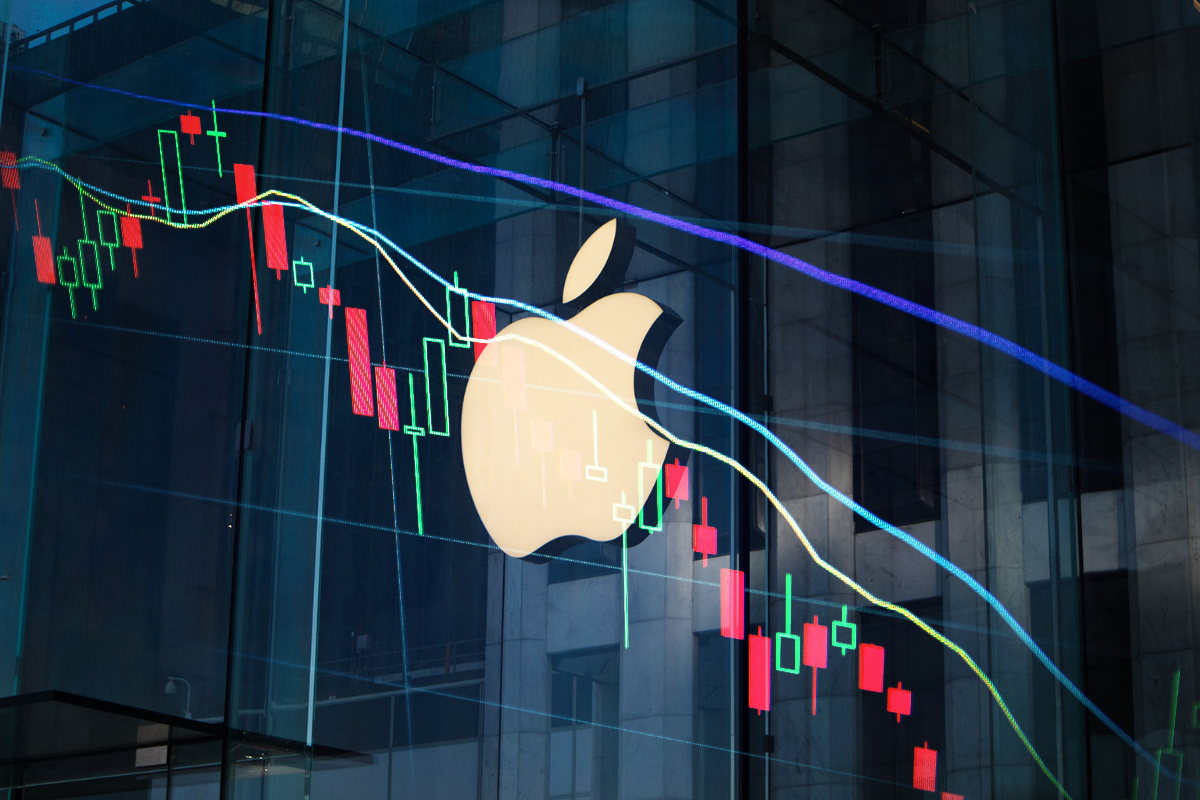Apple, the tech giant renowned for its sleek and innovative design, appears to be embarking on a new design philosophy: embracing thinness. Following the highly successful launch of the ultra-slim iPad Pro, rumors suggest Apple is setting its sights on making its iPhones, MacBooks, and Apple Watches considerably thinner. This move signifies a potential shift in design priorities, with a renewed focus on portability and user experience.

Unveiling the Source: Leaks and Analyst Predictions
The news regarding Apple’s potential design shift comes courtesy of Mark Gurman, a Bloomberg journalist with a proven track record of uncovering Apple leaks. According to Gurman, Apple is aiming for a “significantly thinner” iPhone 17 model by 2025. This aligns with predictions made by analyst Ming-Chi Kuo in late 2023, who suggested Apple might utilize advanced techniques like thinner motherboards in its upcoming high-end iPhones.
The focus on thinness isn’t limited to just iPhones. Gurman’s report hints at Apple potentially redesigning the MacBook Pro and Apple Watch with a similar emphasis on achieving a slimmer profile. This aligns perfectly with Apple’s long-standing reputation for innovation in the realm of sleek and lightweight devices.
Potential Launch Dates and iPhone 17 Rumors
While specific launch dates for these redesigned devices remain shrouded in secrecy, Gurman’s report suggests a potential redesign for the Apple Watch and MacBook Pro alongside the anticipated thinner iPhone 17. Additionally, rumors regarding potential changes to the iPhone lineup itself have also surfaced. Analyst Jeff Pu suggests Apple might remove the Plus model from the iPhone 17 series in favor of a slimmer variant.
This slim iPhone 17, along with the standard iPhone 17, might boast 8GB of RAM and the next-generation A18 or A19 Bionic chip. The iPhone 17 Pro and Pro Max models, however, could retain their current design with 12GB of RAM and the A19 Pro chipset. Both the standard and slim iPhone 17 might also see a significant upgrade in front-facing camera resolution, potentially jumping from the current 12MP to a sharper 24MP sensor.
Strategic Move: The Allure of Portability
Apple’s focus on thinness appears to be a well-calculated move towards increased portability across its product range. The immense success of the new iPad Pro seems to have fueled this initiative, with Apple aiming to set new industry standards for thinness and portability in its respective device categories. Imagine effortlessly slipping your iPhone 17 into your pocket, carrying your MacBook Pro in your backpack without feeling weighed down, or sporting a sleek and comfortable Apple Watch on your wrist. This renewed focus on portability has the potential to significantly enhance user experience, making Apple devices even more convenient and seamlessly integrated into everyday life.
Potential Benefits of Thinner Devices
- Enhanced Portability: Slimmer devices are inherently easier to carry around, making them ideal for users on the go. This can significantly improve user experience, allowing for effortless multitasking and seamless device integration into daily routines.
- Improved Ergonomics: Thinner devices can potentially offer a more comfortable grip, especially for users with smaller hands. This can lead to reduced hand fatigue and a more enjoyable user experience during extended use.
- Aesthetic Appeal: A sleek and thin design can undoubtedly enhance the visual appeal of Apple devices. This aligns with Apple’s long-standing focus on crafting aesthetically pleasing products that resonate with a design-conscious audience.
- Potential for New Design Innovations: Embracing a thinner profile might pave the way for new design innovations in future Apple products. This could lead to exciting advancements in areas like component miniaturization, heat dissipation, and overall device functionality.
Potential Challenges of Thinner Devices
- Durability Concerns: Balancing thinness with durability can be a challenge. Apple will need to ensure that thinner devices remain robust enough to withstand everyday wear and tear.
- Thermal Management: Slimmer devices might have less space for heat dissipation components. Apple will need to develop innovative solutions to ensure optimal performance and prevent overheating issues.
- Battery Life Considerations: Thinner devices might have less space for larger batteries. Apple will need to find ways to maintain or improve battery life despite the space constraints of a thinner design.
Unveiling the Future: What Does This Mean for Apple Users?
While the exact details remain under wraps, the rumors surrounding Apple’s focus on thinness paint a picture of an exciting future for Apple users. The potential benefits of thinner devices, from enhanced portability and improved ergonomics to a potentially sleeker aesthetic, are undeniable. However, it’s crucial to acknowledge potential challenges related to durability, thermal management, and battery life.
Frequently Asked Questions:
Q: When can we expect to see these thinner iPhones, MacBooks, and Apple Watches?
A: Specific launch dates haven’t been confirmed. However, Gurman’s report hints at a potential release alongside the iPhone 17 in 2025.
Q: Will the iPhone 17 lineup include a “slim” version?
A: Rumors suggest Apple might introduce a slimmer iPhone 17 alongside the standard model. This slim variant could potentially replace the Plus model in the iPhone 17 series.
Q: What are the potential benefits of thinner devices?
A: Benefits include enhanced portability, improved ergonomics for better grip, a potentially sleeker aesthetic, and the possibility of new design innovations.
Q: Are there any potential drawbacks to thinner devices?
A: Potential drawbacks include durability concerns, thermal management challenges (ensuring proper heat dissipation), and potential limitations on battery life due to space constraints.
Q: How will Apple address these potential drawbacks?
A: Apple will likely leverage innovative materials and engineering techniques to ensure durability while achieving a thinner profile. Thermal management solutions might involve advancements in heat pipes or vapor chamber technology. Maintaining or improving battery life could involve more efficient components or innovative battery designs that utilize the available space within the thinner device.




